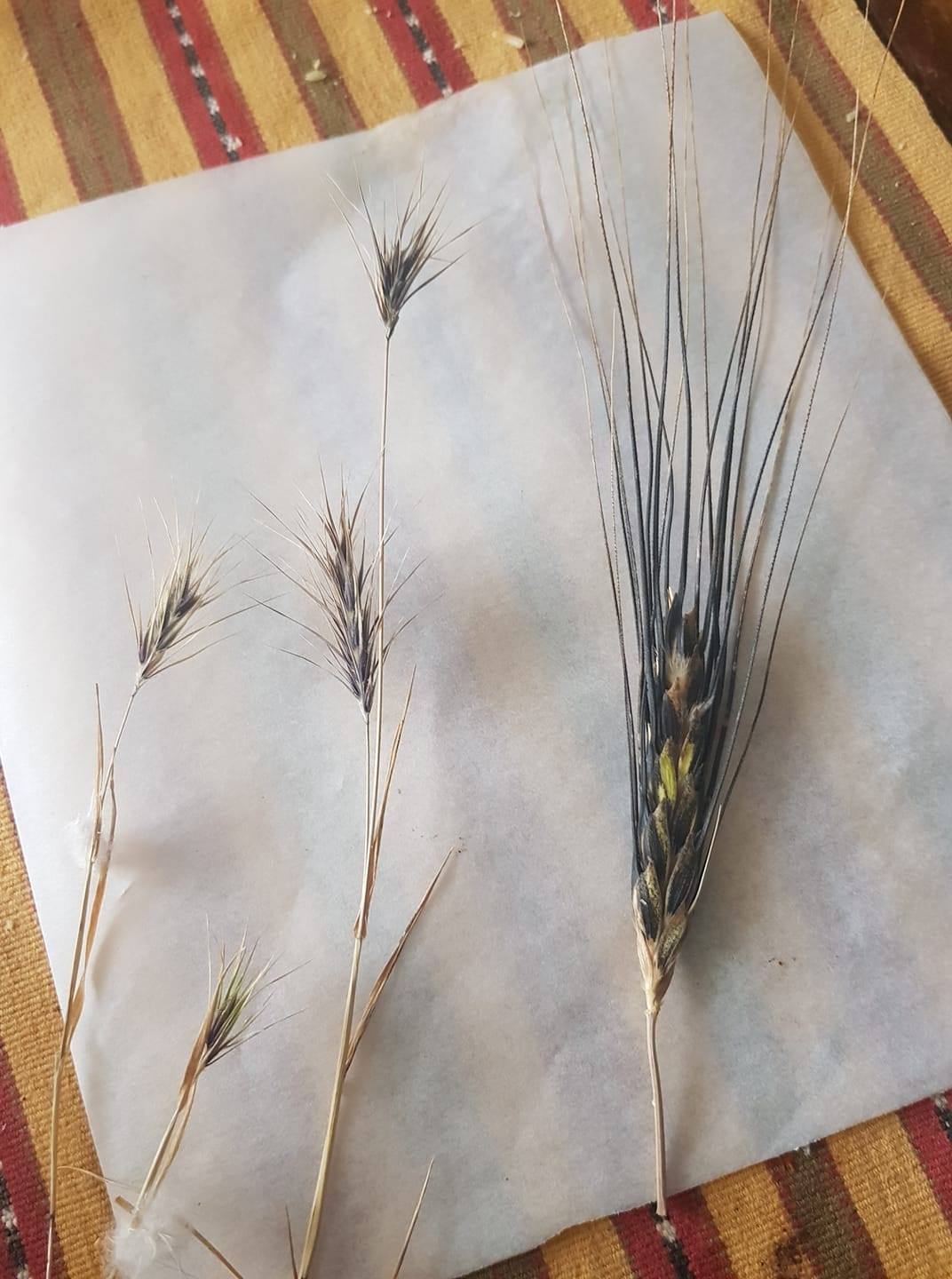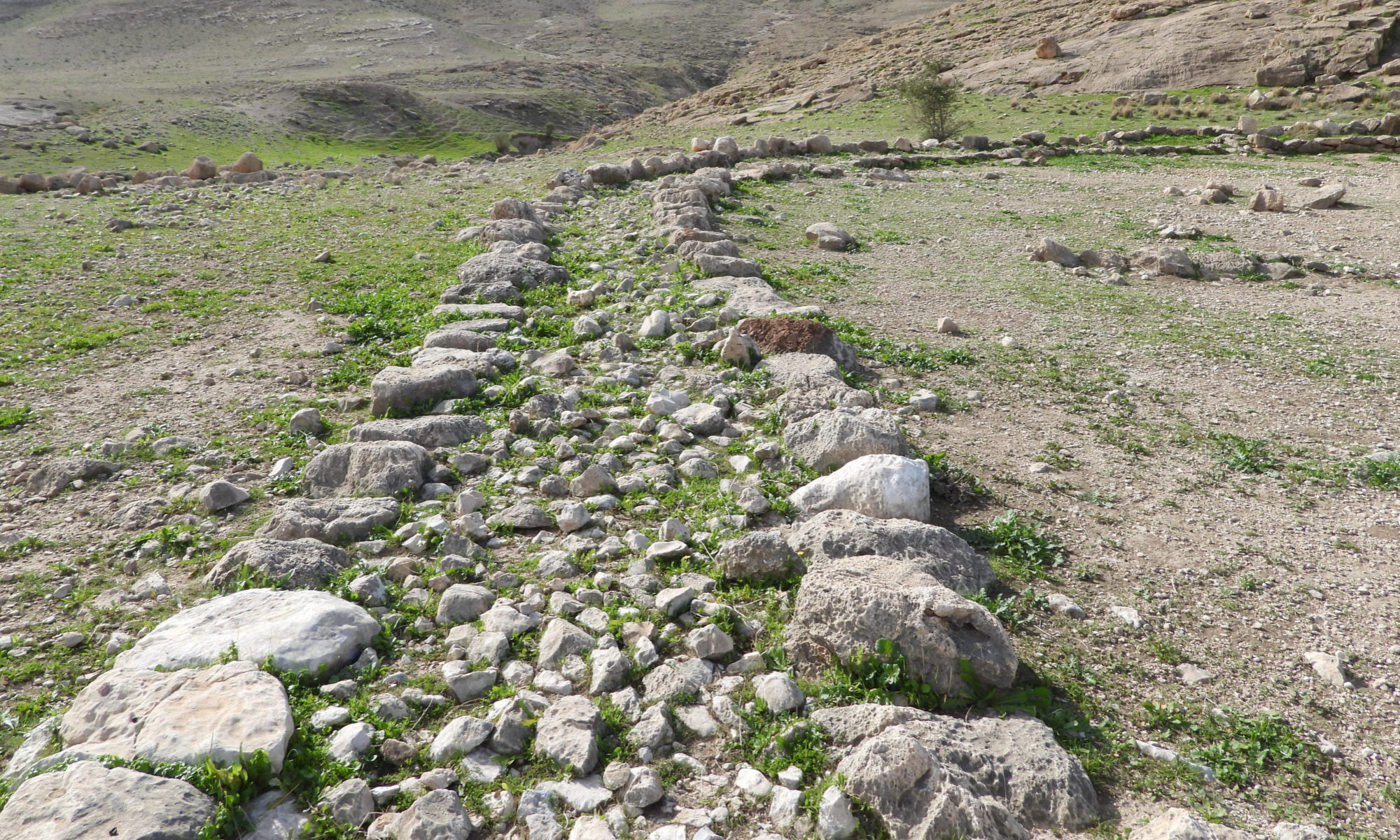 Another wow moment.
Another wow moment.This is a photo I took last year circa to Shavuot. I was struck by this look-alike plant (left side) to the ancient black wheat (right side). I had found it growing near and in the wheat in one of the locations that I gleaned from last year. I have wondered and still do if this is the tares that grew with the wheat the parable mentions in Matthew 13. It’s the only other black cereal grass I’ve seen to date.
There is a dear brother that refers to the wild barley growing on a hillside and in the stony ground as ‘goat grass’. I knew from the rabbinical writings that this was a misuse of the term because there was a clear and separate listing of a plant called ‘goat grass’ apart from a few other cereal-grasses listed in the paragraph.
This little black look-alike grain is Sharon goat grass (Aegilops sharonensis Eig), ladies and gentlemen I give you the REAL goat grass
https://en.wikipedia.org/wiki/Aegilops
Some Aegilops are known as weeds. A. cylindrica, which is commonly known as jointed goatgrass, infests wheat fields, where it outcompetes wheat plants, reducing yields. Its seeds mix with wheat grains at harvest, lowering the quality of the crop. It can also harbor pests such as the Russian wheat aphid (Diuraphis noxia) and pathogenic fungi. Other Aegilops are weeds of rangeland and wildland habitat.[17]Another wow moment.
This is a photo I took last year circa to Shavuot. I was struck by this look-alike plant (left side) to the ancient black wheat (right side). I had found it growing near and in the wheat in one of the locations that I gleaned from last year. I have wondered and still do if this is the tares that grew with the wheat the parable mentions in Matthew 13. It’s the only other black cereal grass I’ve seen to date.
There is a dear brother that refers to the wild barley growing on a hillside and in the stony ground as ‘goat grass’. I knew from the rabbinical writings that this was a misuse of the term because there was a clear and separate listing of a plant called ‘goat grass’ apart from a few other cereal-grasses listed in the paragraph.
This little black look-alike grain is Sharon goat grass (Aegilops sharonensis Eig), ladies and gentlemen I give you the REAL goat grass
https://en.wikipedia.org/wiki/Aegilops
Some Aegilops are known as weeds. A. cylindrica, which is commonly known as jointed goatgrass, infests wheat fields, where it outcompetes wheat plants, reducing yields. Its seeds mix with wheat grains at harvest, lowering the quality of the crop. It can also harbor pests such as the Russian wheat aphid (Diuraphis noxia) and pathogenic fungi. Other Aegilops are weeds of rangeland and wildland habitat.[17]Updated Mar 22, 2021, 9:35 PM
